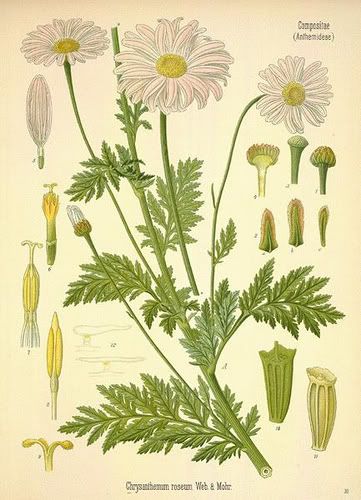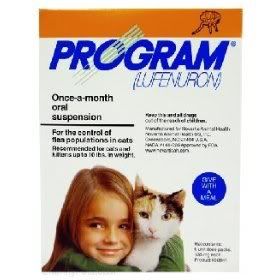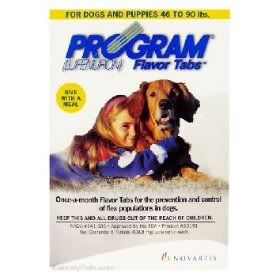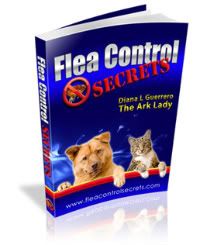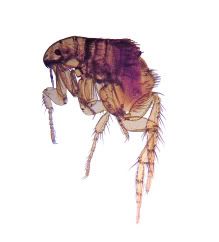 Recently Flea Control Secrets received an email from a subscriber (Peter) who had a multiple part inquiry.
Recently Flea Control Secrets received an email from a subscriber (Peter) who had a multiple part inquiry.
The person owns three thick coated dogs and said that he cannot get the Frontline Plus drops delivered to the hair follicles at the base of the skin by the shoulder blades.
So instead, he put the drops on their chest near the stomach and wondered how it would be distributed.
He was fortunate that the dogs did not lick it off but wondered if it was okay to apply it near the stomach or belly of a pet.
So, my response to this first part of the question is this—do not take a risk of applying your flea treatment product to pets except as directed.
If you are having issues with application—get some help from a groomer or a veterinarian.
I’ve never met a dog with a coat so thick that application was impossible.
You could use some clips to hold the dog hair to the side to apply it or even clip a small are shorter if you want to use the spot-on products.
The big issue with not following the instructions of spot-on products is that many animals have experienced illness or death from improper application.
In multiple animal households, you also must monitor the pets to make sure that they do not ingest the product by licking one another.
(I would encourage you to check out the flea control kits in the sidebar as less toxic options.)
Excerpt from Flea Control Secrets eBook:
Frontline® Plus combines an antiparasitic agent with an insect growth regulator in a topical formula that kills the eggs, larva, adult fleas, chewing lice, and all stages of ticks.
Merial’s Frontline Plus® combines both Fipronil and Methoprene.
Frontline® (Fipronil) kills fleas AND ticks for up to a month and affects the spinal cord and brain of the ecto-parasites.
Topical application is done on the skin between the pet’s shoulder blades so it wicks back over the pet’s body.
Fipronil remains effective after swimming and bathing. Even so, water immersion should be avoided until 48 hours after application.
The next challenge of his issue is the outdoor flea problem since there are feral animals (squirrels, rabbits, raccoons, birds) that enter the large property which is fenced in.
Flea season runs from April through October or until the temperatures drop (along with the humidity) so ongoing efforts need to be maintained.
At the moment the household is using Spectracide granules and then waited two months before doing a second application. This time the product used was Ortho granules but the time lag in between works against you.
The issue this household faces is that when you begin flea control efforts, you must be diligent in those efforts and treat the outside, inside, and the animal all at the same time.
Also, fleas are very hardy insects so make sure the products being used work specifically for fleas.
Personally, for outdoor products I prefer to use natural, less toxic methods that are more environmentally friendly. You can also use a yard sprayer to help with better dispersement.
Remember to also adapt your efforts to reflect the natural flea cycle. So this means treating the outside areas more frequently and making sure bedding and interior areas are also treated at the same time would be ideal.
You’ll need to treat more frequently than has been done–daily vacuuming and more frequently application of flea treatment products (for the interior and exterior areas)–every two weeks for eight weeks at least.
I was glad to hear that the family is going to be using diatomaceous earth and nematodes but again, make sure that you cycle the treatment at least every two weeks for the time being.
There are deterrents that can be used to discourage the entrance of feral animals but the consistency of treatment should work without investing in animal deterrents.
Recently, the pet owner purchased Capstar tablets and gave it to two of the three dogs.
This is a great option and many people use it in conjunction with a topic flea control but don’t combine it with another oral product unless specifically directed to do so by your veterinarian.
Excerpt from Flea Control Secrets eBook:
Capstar® (Nitenpyram) is an oral treatment that kills adult fleas by interfering with nerve transmission in the flea.
Studies reported more than 90% effectiveness against adult fleas within four to six hours depending on the species.
Unfortunately Capstar® does not kill immature fleas, larvae, or eggs so it is necessary to combine its use with an Insect Growth Regulator.
It is also possible to use less toxic food grade ditomaceous dust on the pets—although it can be a bit drying.
Although much of the flea control products can be purchased without going to a veterinarian, I would encourage a veterinary visit for confirmation on the choices being made AND because the animals are likely to have internal parasites as a result of a flea infestation.
I am glad you have watched the videos and are doing all you can do to solve the flea infestation issue.
Remember, once you get a flea infestation it is important to remain diligent in your efforts to get it under control and manage it.
Since you did not mention interior treatments so I’d suggest Flea Busters RX and also trying some Parasite Dust.
I would also recommend reviewing the Flea Control Secrets videos on Seven Flea Control Strategies and the Triangle of Successful Flea Control and if you have not purchased the Flea Control Secrets eBook–you’ll find a whole lot more information to help you get rid of fleas.
Thanks for your question and let me know how it goes.
 Shoo Tags™ target fleas, ticks or mosquitos to protect your pet against them. They do not work in tackling those not on the animal however–such as the surrounding environment.
Shoo Tags™ target fleas, ticks or mosquitos to protect your pet against them. They do not work in tackling those not on the animal however–such as the surrounding environment.